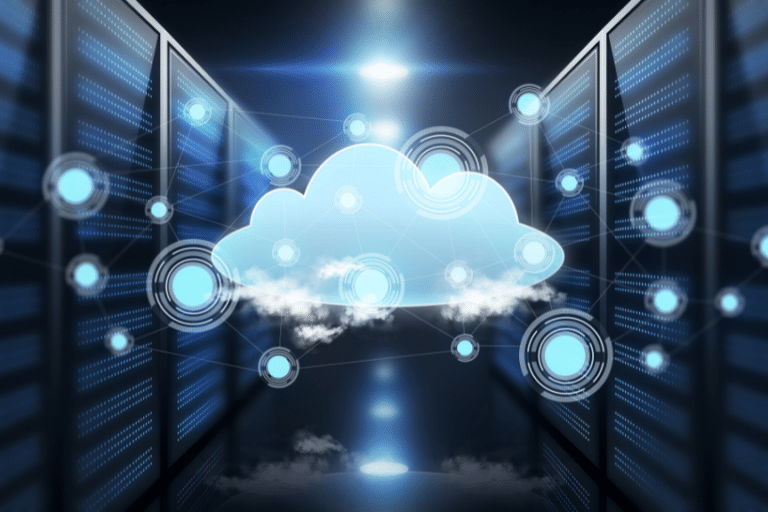In the rapidly evolving world of cloud computing, AWS Lambda has emerged as a game-changer, offering a serverless computing service that allows businesses to run code without provisioning or managing servers. But the question on many minds is: Is AWS Lambda free? In this comprehensive guide, we’ll delve into the pricing model of AWS Lambda, its benefits, and how you can optimize costs while leveraging its powerful features.
Table of Contents
What is AWS Lambda?
AWS Lambda is a serverless computing service provided by Amazon Web Services (AWS). It enables the execution of code in response to events, such as changes in data or user actions, without the need to manage the underlying infrastructure. This innovative approach allows businesses to focus on code development rather than server management.
Is AWS Lambda Free?
AWS Lambda operates on a pay-per-use pricing model, which means you only pay for the compute time your functions consume. This model offers a free tier, which includes 1 million free requests per month and 400,000 GB-seconds of compute time per month. Beyond the free tier, charges are incurred based on the number of requests and the duration of code execution.
Compute Charges
Compute charges are based on the duration of your Lambda functions’ execution and the memory allocated to them. AWS bills compute charges in increments of 100 milliseconds, ensuring you pay only for the exact duration your functions are active.
Request Charges
Request charges apply each time your Lambda function is triggered. AWS charges per 1 million requests, making it essential to design applications that minimize unnecessary function invocations.
Data Transfer Costs
Data transfer costs arise when your Lambda functions interact with other AWS services or external resources. AWS charges for data transfer into and out of Lambda functions, as well as data transfer between regions and availability zones.
How to Use the AWS Lambda Free Tier
Understanding the AWS Lambda Free Tier
The AWS Lambda Free Tier is designed to provide new and existing AWS customers with the opportunity to explore and experiment with AWS Lambda at no cost. It includes 1 million free requests per month and 400,000 GB-seconds of compute time per month. This generous offering allows businesses and developers to test, develop, and deploy applications using AWS Lambda without incurring immediate costs.
Getting Started with the Free Tier
- Sign Up for AWS: If you’re new to AWS, sign up for an AWS account to access the AWS Lambda Free Tier.
- Create a Lambda Function: Navigate to the AWS Lambda console and create a new Lambda function. AWS provides a range of blueprints and sample codes to help you get started.
- Configure Triggers: Set up triggers for your Lambda function. Triggers can be events from other AWS services, HTTP requests, or custom events.
- Allocate Memory and Timeout: During setup, allocate memory to your function and set a timeout. Remember, the Free Tier includes 400,000 GB-seconds of compute time, so efficient allocation is key.
- Deploy and Test: Deploy your Lambda function and test it using the configured triggers. Monitor the execution and performance in the AWS console.
Maximizing the Free Tier Benefits
- Optimize Function Code: Write efficient code to reduce execution time. The quicker your function executes, the more you can do within the free tier limits.
- Monitor Usage: Regularly monitor your AWS Lambda usage to ensure you stay within the free tier limits. AWS provides monitoring tools like CloudWatch to track usage.
- Use API Gateway: If your Lambda function is triggered by HTTP requests, use Amazon API Gateway, which also offers a free tier, to manage and monitor these requests.
- Experiment and Learn: Use the free tier to experiment with different use cases, programming languages, and integrations. It’s an excellent opportunity to learn and innovate without cost concerns.
Transitioning Beyond the Free Tier
As your usage grows beyond the free tier limits, AWS Lambda’s pay-per-use pricing model ensures you only pay for what you use. Monitor your usage and costs, and consider implementing cost optimization strategies as your applications scale.
By effectively utilizing the AWS Lambda Free Tier, businesses and developers can harness the power of serverless computing, test innovative ideas, and lay the foundation for scalable, cost-effective applications.
Calculating AWS Lambda Costs
To calculate your AWS Lambda costs, consider the compute charges, request charges, and data transfer costs. AWS provides a pricing calculator to estimate your Lambda costs based on expected usage. For detailed insights into AWS Lambda pricing, Cloudvisor offers a comprehensive guide on Mastering AWS Lambda Pricing.
Optimizing AWS Lambda Costs
To optimize AWS Lambda costs, consider the following best practices:
- Right-sizing Functions: Analyze memory usage and execution time to find the optimal memory allocation.
- Optimizing Request Invocations: Design applications to trigger Lambda functions only when needed.
- Managing Data Transfer: Be mindful of data transfer costs and optimize data handling.
- Monitoring and Analyzing Usage: Regularly monitor Lambda usage to identify optimization opportunities.
- Implementing Cost Control Measures: Set up cost controls and budget alerts to manage expenses.
For more strategies and best practices, explore Cloudvisor’s guide on The Ultimate Guide to AWS Lambda.
Conclusion
While AWS Lambda offers a free tier, understanding its pricing model is crucial for businesses seeking to maximize efficiency and minimize costs. By mastering Lambda pricing, implementing best practices, and leveraging tools and resources provided by AWS, you can optimize your AWS Lambda costs and unlock its full potential.






